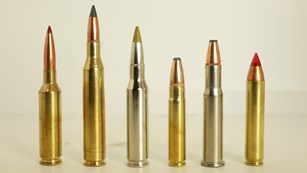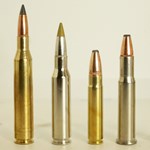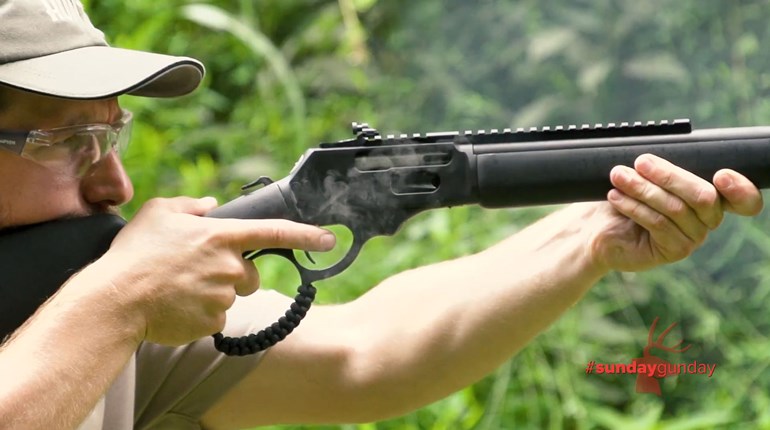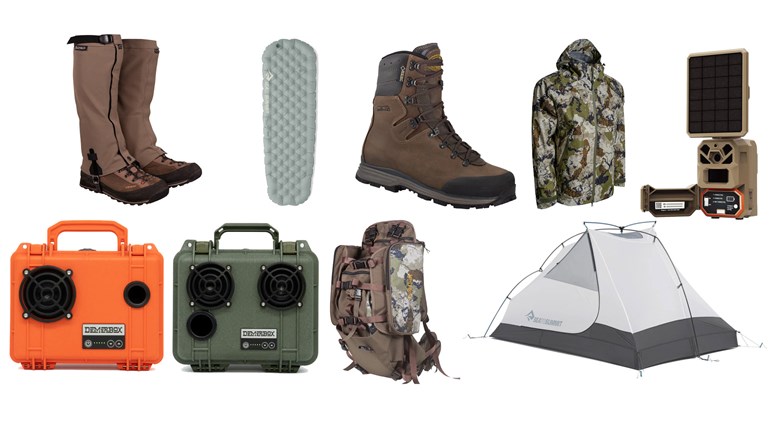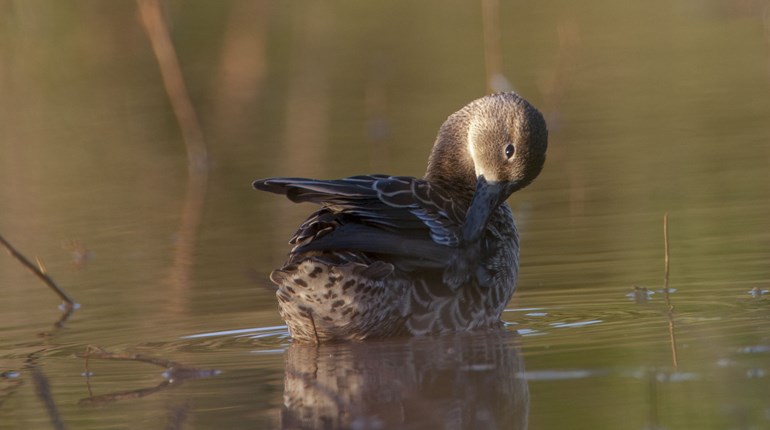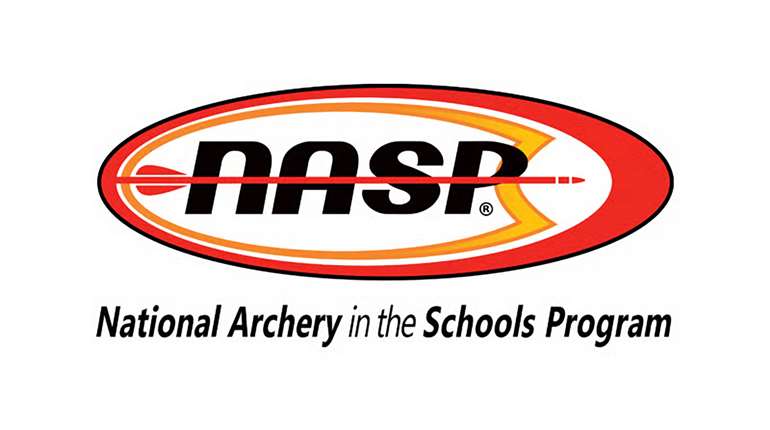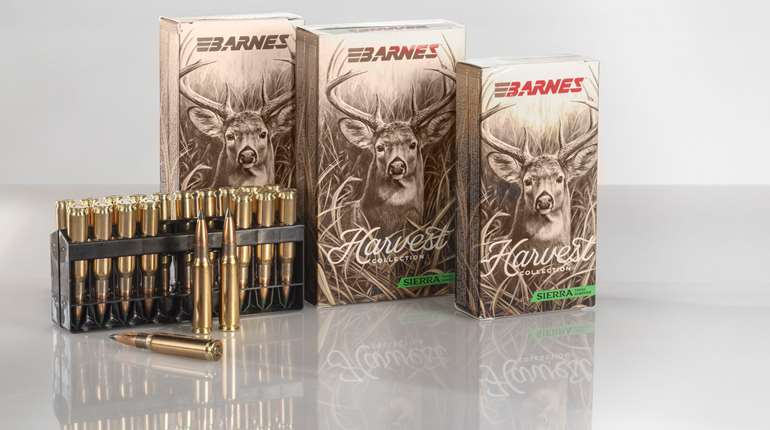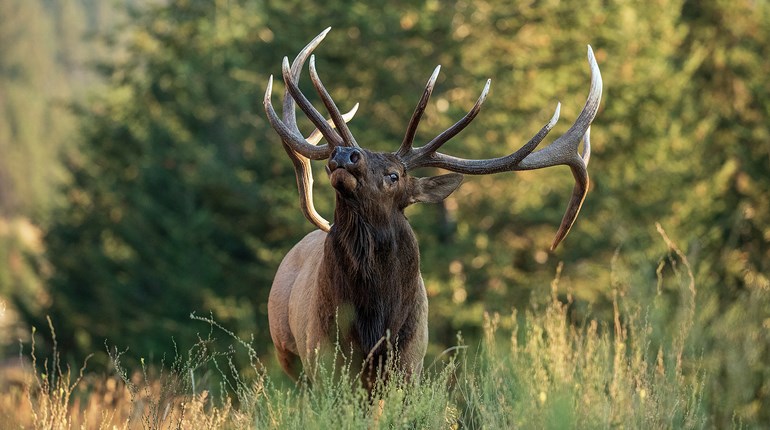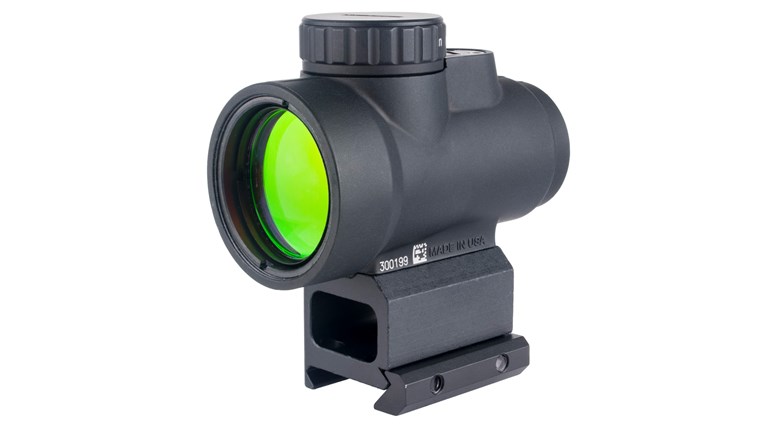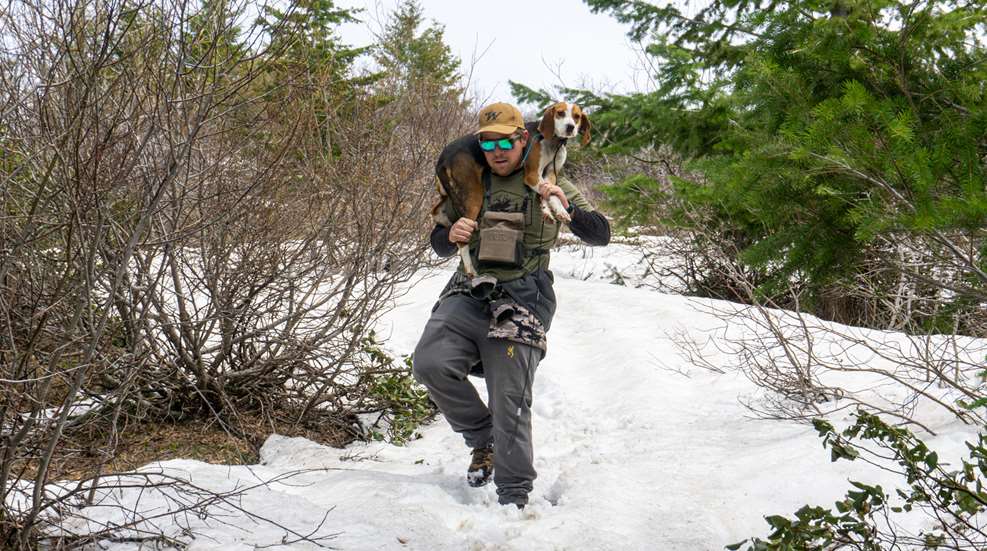
The Idaho hillside crumbled under the toe of my boot as I scrambled after my mountain goat of a guide, a vast number of long strides ahead of me up the hillside. I found myself racing up the hills of my favorite state in the Lower 48 in pursuit of an Idaho black bear, but this wasn’t an average hunt. I had joined Table Mountain Outfitters, Brian Lynn of Sportsmen’s Alliance, Rafe Nielsen of Browning and Jake Wallace of Winchester Ammunition to engage in one of the oldest and most storied traditions on our continent: hunting bears over dogs. As the canine howls rang in my ears, audible even over my labored breathing and pounding pulse, the appeal of hound hunting really began to crystalize. The bond between man and dog in pursuit of game is something that can be felt more clearly than rationally explained. Closing in on the dogs, their excited bays reverberating louder with every step, it was hard not to wonder at the origins of this unique bond, which sees man and his best friend square off with one of the continent’s most contentious creatures.
It was no coincidence that Sportsmen’s Alliance had arranged this particular hunt. Bear hunting—over dogs in particular—is one of the most targeted forms of hunting in our country. Just 80 miles away in nearby Oregon, what we were doing would be illegal, and has been since 1994. In Idaho, however, the tradition flourishes, and is widely considered one of the most effective ways to find and hunt bears. Doggers are a common sight along the state’s steep ravines and ridgelines, running the roadways with dog boxes on board, tailing ether the scent of a bear or the ping of a dog’s radio collar. Far from the thuggish image often portrayed in animal-rights advertisements and, at this point, popular culture in general, the houndsmen of these mountains form deep bonds with their favored hunting partners, learning their particular manners and moods, personalities and vocalizations, to a deeper extent than many of us know our own family members. When an injury does occur—uncommon and rarely serious—handlers care for the dogs with modern medical techniques, cleaning, sterilizing, stapling and draining wounds with a practiced hand. Anything more serious, of course, and they do call in the professionals. The Sportsmen’s Alliance and your National Rifle Association play a large role in keeping this sort of bond and tradition alive and possible.
My own hunt had ended rather early this week. After a day spent following the dogs around the mountains—once to a gorgeous, juvenile blonde bear in a culvert—and a night sitting on a bait pile, I left my original hunting party and headed out with Casey Hileman. A wildland firefighter when he gets too bored chasing bears, Casey has worked high-risk jobs from New Mexico to Alaska, which provided a wealth of stories as we rode through the hills. As it turns out, he was familiar with my small town in Virginia, having passed through it mere months before when fighting a fire that came within 10 miles of my family’s home. Feeling confident this unexpected crossing of paths was a good omen for our week, I settled into my seat, unaware of just how right I was.
I was barely settled in before the dogs struck up a racket from the back. Dumping the box, the hounds rushed frantically into the dense undergrowth, hot on the trail of a bear. As we tried to strike up a position closer to them to monitor their progress, we realized they had already treed their quarry a few miles into their chase. We loaded up and hustled up the nearest hillside to take a look.
While it was clear the bear would put no records in danger, he was an older specimen with a gorgeous coat unblemished by rubs and scrapes. Steadying my pounding heartrate, elevated by chasing Casey up Idaho’s version of a “hill,” I slowed my pulse and dropped to one knee, slinging my rear arm with a technique I had learned at Gunsite months before. The bear was extremely high up in a pine, and while it was certain I would hit the animal, steadiness was needed to ensure a vital hit and fast demise. Casey cleared away the dogs to ensure they would not be hurt by the beast’s eventual tumble. I took aim, paused my breath and pulled home. The sound of solid impact rose above even the 400 Legend’s thumping report, and the bear pitched sideways, pinwheeling out of the tree.

The bear was beautiful, but watching the process was an experience in itself. Casey allowed the dogs to come to the bear, permitting them to revel in what they had made possible. As I watched the dogs surrounding the bear, jostling each other for position, to whom this bear belonged became unmistakable. Sure, I pulled the trigger, but in reality all I had done was assist these born hunters in closing out their miles-long chase; I was happy to simply look on as they had their moment with their prey.
Fearing my week had come to a premature end, I prevailed upon Casey, Cody Pfau and “Big Kelly” Lee (BK for short) to let me ride along as they helped locate bears for the remaining hunters. This was a better decision than I ever could have anticipated.
Several days later, I found myself standing outside a track-mounted side-by-side, clearing brush to allow our machine to pass through. This chase was the polar opposite of my kill, and had seen us cover some 89 miles via foot, side-by-side and truck to stick with our canines, which had plunged headlong into a roadless and inaccessible part of the Idaho mountains. Skip Knowles, the editor of Wildfowl magazine, was on deck, but a number of us had ridden along, as we knew this would be an all-hands production. Cody, Jake and I cleared brush, looked for dogs and pounded along as Casey and Skip closed with the bear. Hours had passed since any of us had laid eyes on a single dog, so we were thankful they were all tracked by their GPS collars. Finally, as we got to within several hundred yards, a dog wandered up, having detached from the pack on the tree. She had caught an upward-facing stick in a hind leg during her frenzied chase and was limping badly. Jake quickly scooped up the dog, as he, Cody and I returned to the side-by-side, while Casey and Skip continued on to the bear.

Unfortunately, it was not to be. The bear—a true mountain monster by all accounts—jumped down from the tree at the first sign of danger and led the dogs and hunters on another chase. This time, though, he found a tight cave and holed up fully out of reach of the hunters. They sat outside for a long while, hoping he would pop out and show his head, but the wise old bear never moved. Even with dogs, side-by-sides and close to 10 hours in pursuit, success is never guaranteed.
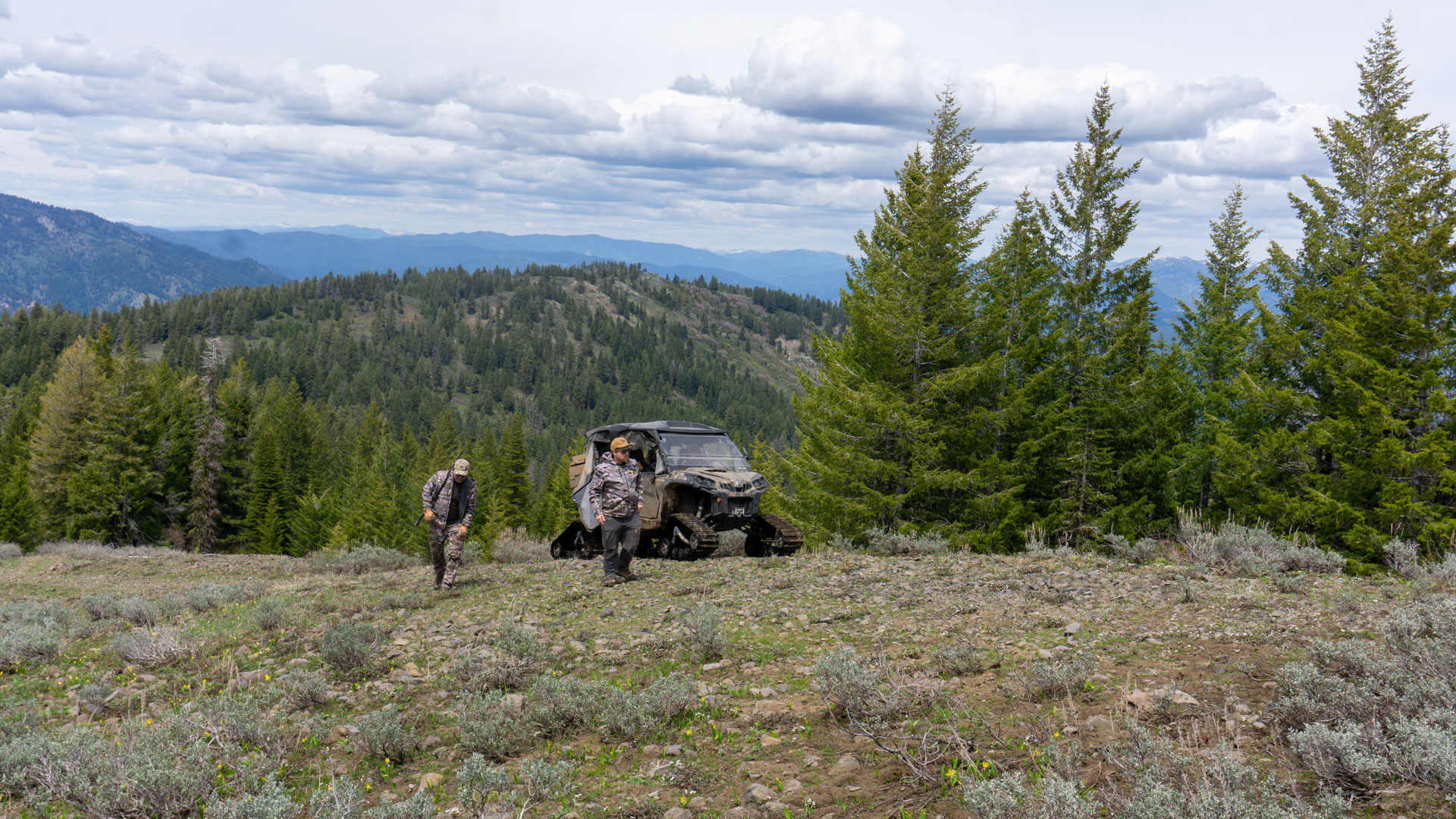
While I felt badly for our injured canine companion, the situation did allow me to witness a less-seen side of dogging. Upon returning to camp, we took the dog to its kennel, where guide Keedin Denny met us with a full canine medical kit. Donning sterile gloves, he thoroughly cleaned the wound, stapled it and even installed a drain before allowing the dog to curl up for some much-needed rest and recovery. She would have all the time off she needed to recuperate, while other dogs took over her slot in the pack.
As I sat by the fire that evening, replaying the day in my mind, I never would have guessed the most exciting hunt was still to come.
The final day of the hunt found me again with Casey and BK, racing to help another group track a bear. The belligerent bruin had steadfastly refused to tree, walking the dogs and hunters across miles of broken terrain, then jumped into a reservoir and swam its entire length, dogs hot on her tail. While I had not seen the spectacle in person, I’m told it was one for the books. As a result, the hunters had a long way to backtrack to make it around the water, and we needed to turn the bear before she barreled headlong into the dense, inaccessible country beyond.
The first sign of her presence was the baying of the hounds, volume steadily increasing. Wordlessly we scanned the nearby hilltops; hearts pounded. Then, suddenly, she broke the tree line, dogs on her heels; Casey took off towards her while I followed behind. As I reached the circle of baying dogs, a surreal scene unfolded. The bear had treed, and Casey, sensing it would not be content to stay there, snatched up a branch to keep it in place. It didn’t work, and the bear leapt from the tree, almost landing on him in the process. It was at this point—Casey with his branch and me emptyhanded—that we realized we had both run from the truck without a firearm; my pistol lay abandoned a thousand miles away, jettisoned in a last-ditch effort to make a changed flight, while Casey’s was still in the truck. Hollering at me to stick with the bear, Casey raced back to the pickup. I was on deck.
I cannot pretend to Casey’s level of experience with bears, but I decided the best course of action was to copy what I’d seen about as well as I could. Hefting a nearby stick (uncomfortably rotten in my hand) I advanced on the bear, trying to keep myself between her and the tangled country beyond. We locked eyes for a second, and I could tell she was displeased with my decision. I could almost feel what would come next. As she batted back the dogs she rushed straight at me, head down, hoping to open a way out. I slammed the stick down on the ground just in front of her, its rotten crack sounding distinctly less threatening than I hoped. Whether it was simply a bluff charge or that aggressive ploy really did the trick I’ll never quite know, but she pulled up several feet short and cut a 90 as I danced needlessly aside. Running on more adrenaline than sense at this point, I began to race along with her—”keep the bear on your right” was my only thought. As we neared the crest of the next hill, I saw her look at me again and begin to turn. Now holding only the rotten stump of what had been my improvised defense, I chucked it at her and scored a hit—she swerved on straight ahead. At this point (probably barely a minute later, though I could have sworn it was 10), Casey rejoined me, suitably armed. I scavenged another sizable branch, and together we chased the bear up and down the open, rolling countryside, catching the pack when the bear went into its rolling lope and losing them again when it darted forward at full speed. Finally, having lost the bear beyond a curving hill, we heard a shot. The bear had run right into the hunters. Our job was done.

As I watched the dogs revel in another victory, this one incredibly hard fought, it struck me what an incalculable loss it would be were this ever to be taken away—a loss not simply for hunting, but for human existence. As one pounds along on foot behind a pack of dogs hot on a dangerous animal, there is an inescapable sensation that this is where it all began. The first bonds between men and dogs were formed for tracking, hunting and protection. While such a relationship may have slipped far into the past for many, here that connection is alive and well. Sure, the modern era has made its mark. Radio collars mean one no longer has to track a pack merely by listening to its barking; rifles make shots quicker and cleaner; and modern medical advancements allow wounds to easily be patched with care. At its core, though, little has changed since humans began hunting bears with dogs thousands of years ago. There are dogs, hunters, a bear and a chase. Without the dogs there would be no hunt—not in the same sense of the word, anyway. Only a sad, inarticulable echo would remain until eventually, for future generations, the cultural memory would fade away for good.
This is yet another reason support for organizations like the Sportsmen’s Alliance and your National Rifle Association is so important. Not only do we work to safeguard the Second Amendment rights so crucial to our safety and freedom, but also those other rights intrinsic to our outdoor traditions, history and culture. If you’re looking to take part in an experience like this yourself, contact Angie, Scott and Keedin Denny at Table Mountain Outfitters. And if you find yourself riding with Casey, tell him I say hello (and tell him to check his holster).

Sidebar: Winchester 400 Legend Super Suppressed
The 400 Legend makes its bones as a straight-wall with a wallop. Designed by Winchester to be the big-game-flattening big brother to the whitetail-favorite 350 Legend, the 400 is comparable in power and energy to the venerated 450 Bushmaster, yet with a bit less felt recoil. Winchester’s Super Suppressed variant takes this latter characteristic to a whole new level, launching a 300-grain, open-tip, copper-jacketed projectile at subsonic velocities, for a decrease in fouling, recoil and noise. As its name suggests, it is particularly well suited to suppressed hunting, but the benefits are still apparent without. With around 1060 fps of velocity at the muzzle (roughly half that of a standard 400 Legend load), resulting in 748 ft.-lbs. of energy, this is a round perfectly suited to black-bear hunting, pairing deadly results at close range with a distinct lack of excess noise and recoil.


